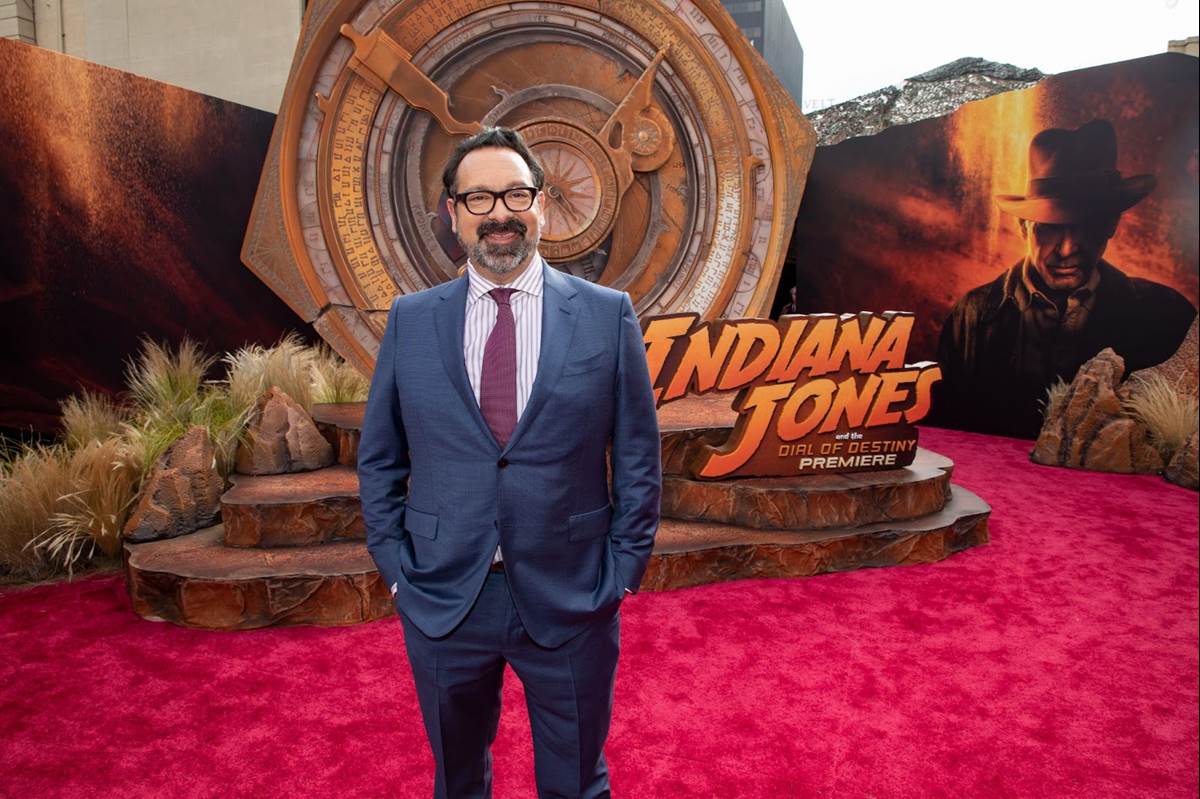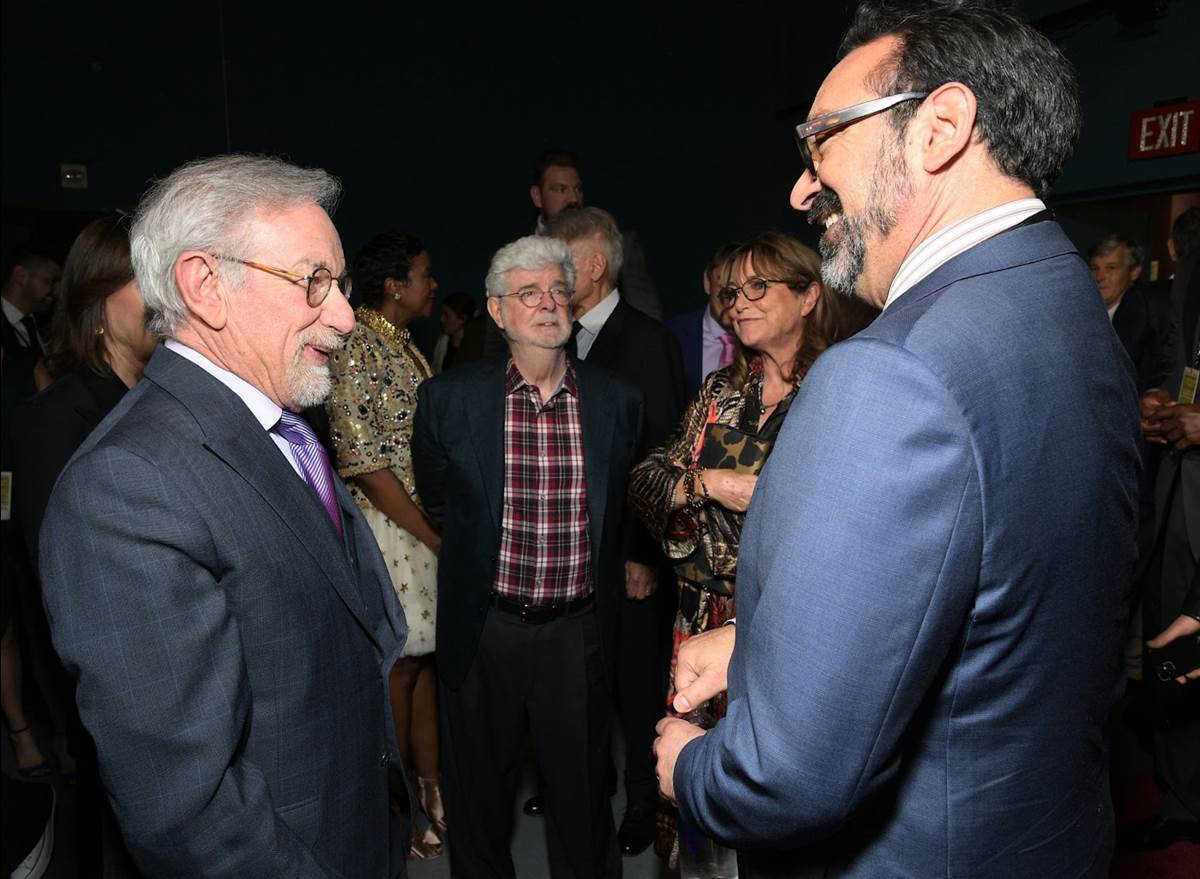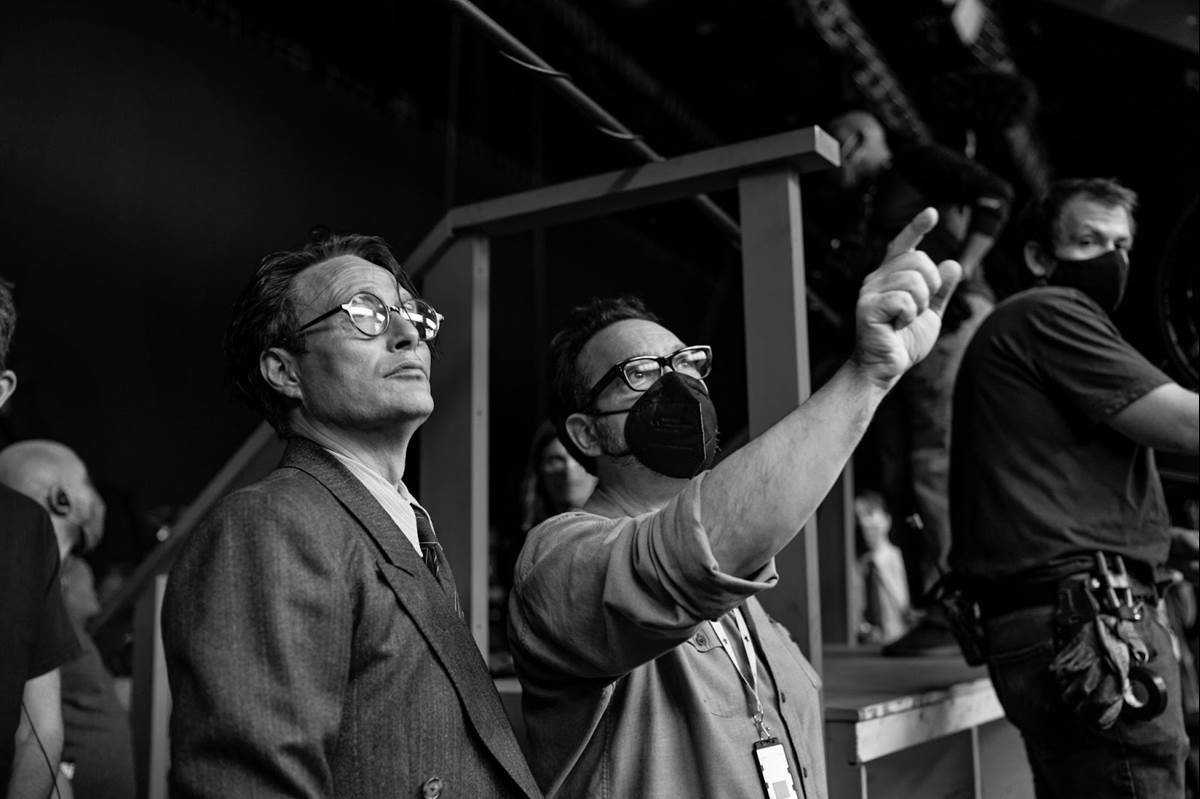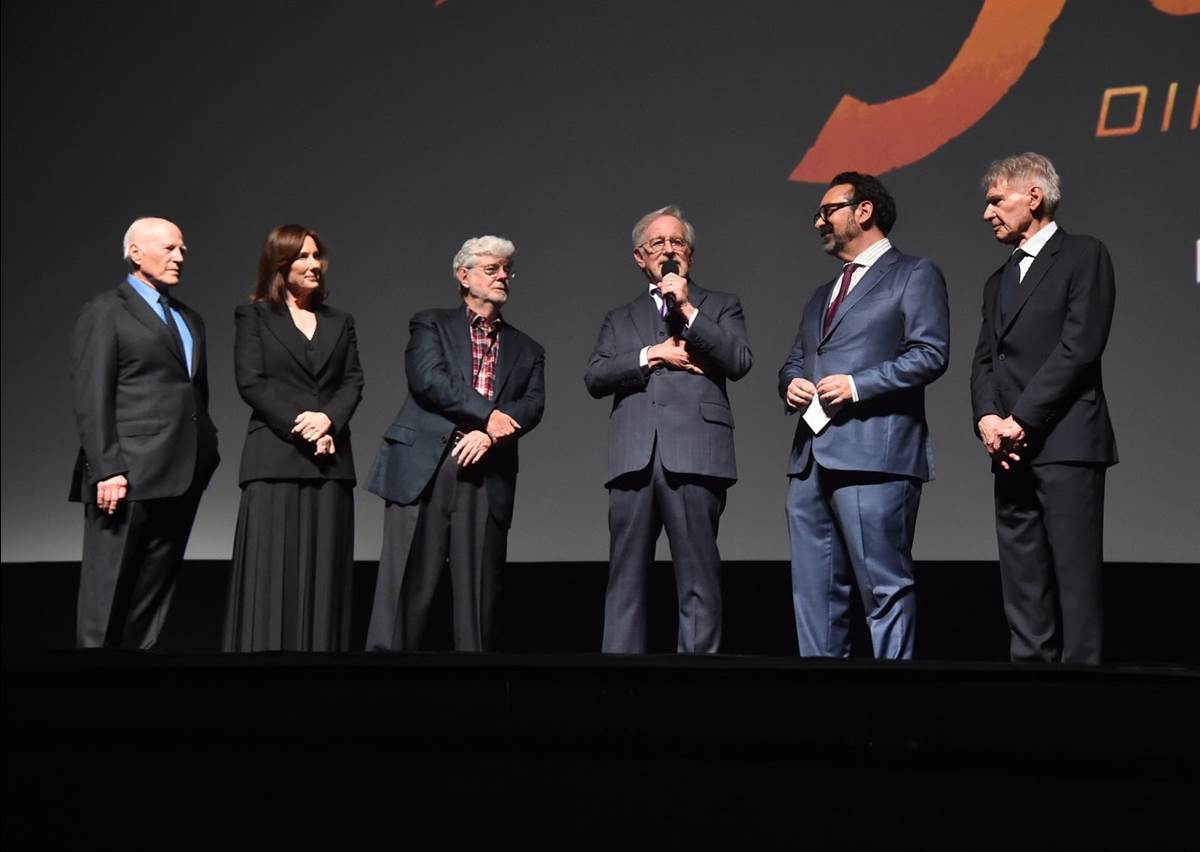If you’re anything like me, you’ve been wondering why exactly Steven Spielberg chose to step down from the role of director for the fifth and final Indiana Jones movie, which is due out this Friday from Disney and Lucasfilm. And while the answer to that question may remain mostly unclear, what we do have information about is why filmmaker James Mangold, who had previously helmed the acclaimed releases Logan, Ford v. Ferrari, and Walk the Line (among others), was chosen as Spielberg’s successor for Indiana Jones and the Dial of Destiny.
“Mangold had extensive experience telling emotionally satisfying stories about historical figures from Johnny Cash to Carroll Shelby, and he was equally adept with dramatic tales about outsider figures,” said Lucasfilm in a press release. “His movies, which often centered on captivating, conflicted protagonists, were always expertly crafted, uniquely thought-provoking, and keenly entertaining.” “I think all of us involved have recognized for a long time that Jim is an exceptional filmmaker,” added Lucasfilm President Kathleen Kennedy. “He’s also one of those rare filmmakers who really studies movies. He is a scholar when it comes to talking about movies. The minute Jim’s name came up, [Indiana Jones star Harrison Ford] was already 100 percent on board. That meant a lot to me. It meant a lot to Steven. It meant a lot to [producer and Kennedy’s husband Frank Marshall].”
Ford himself also provided some thoughts on why Mangold was a good fit for the task. “There are a lot of aspects of Jim Mangold’s filmmaking skill that I admire. But as a storyteller, he’s got a particular perception, born of his own experience, understanding, and his ambition is consistent with the ambition that we’ve had all the way through this series of films to create large-scale entertainment with a kind of wry humor and an emotional reality that engages the audience.” And Steven Spielberg, who directed all four of the previous Indiana Jones films, gave his thoughts as well. ““He was a director who shared my sensibilities about editing, pacing, character development, balancing scenes. I thought, ‘If I don’t do another Indiana Jones movie, James Mangold should.’”
“Jim was so knowledgeable about the character of Indiana Jones and the series and what makes it work,” said the above-mentioned Frank Marshall. “Based on the work he had already done and the movies he had made, we really felt confident that he was the right person to do this.” And Mangold had the opportunity to speak for himself, saying that he’s never forgotten the experience of watching the first Indiana Jones film, Raiders of the Lost Ark, as a 17-year-old at the Orange County Mall in upstate New York on opening day—June 12, 1981. He was riveted by the rollicking spirit of the classic adventure, which borrowed styles and techniques from the early decades of the cinematic artform. It was an equal mix of chases, cliffhangers, fisticuffs, romance, and wit, with a uniquely modern sensibility.
“Indiana Jones is a character that always surprises us,” says Mangold, who also co-wrote Dial of Destiny. “He can be selfish, he can be empathic, he can be brave, he can be a coward. And Harrison holds all these contradictory elements together. Indiana Jones is not a Greek hero on Mount Olympus, he’s a very human character. I think all his eccentricities and anxieties and neuroses and foibles are part of his appeal. But he does have a superpower, and it’s that he’s incredibly lucky.” The director went on to explain how he and co-screenwriter Jez Butterworth decided to kick off this new adventure for everyone’s favorite archaeologist. “I wanted to start Harrison’s character as far from being Indy as we could, so that the audience would feel the elation when circumstances force him to pull that hat on again. 1969 is a time where no one really believes in heroes like Indiana Jones anymore. In many ways, the adventure we’ve concocted is a reckoning between an old-school hero and an ambivalent and ever more cynical modern world.”
Mangold also talked about the sought-after ancient relic in this movie, which is (SPOILER ALERT) Archimedes’ dial, a mechanical device thought to be used in ancient Greece to calculate and display information about astronomical phenomena. “The moment I knew the movie was about time, opportunities missed, opportunities lost, choices made, irrevocable mistakes, then the question [became], ‘What would be the only thing that would allow me to fix time itself?’ The research that I found about the Antikythera, rumored to be an invention by Archimedes, has been speculated to be a kind of time compass.” And the writer/director also worked in a way to see Indiana Jones fighting Nazis in the 1940s at the beginning of the film, as well. “Doing a sequence—and a really elaborate one—with Indiana at his prime fighting Nazis would be a kind of miracle. It would allow the audience to remember something they might not have seen for a while. I felt like I wanted the chance to make a movie with a young Harrison. The ambition in me wanted a crack at it, so we wrote a sequence, a kind of elaborate adventure that opens the film.”
And what about James Mangold’s working relationship with Executive Producer Steven Spielberg during the development of Indiana Jones and the Dial of Destiny? “His instincts and eye for story and staging are incredible,” Mangold says of Spielberg, adding, “The biggest thing Steven said that resonated with me every day was about pace—that effectively making an Indiana Jones movie is like making a feature-length trailer. And that simple aphorism, that simple idea stayed with me. The movie can only stop so long because the whole movie itself is almost like a coming attraction trailer that just goes for two hours.”
Indiana Jones and the Dial of Destiny will be released this Friday, June 30th, in theaters nationwide.




